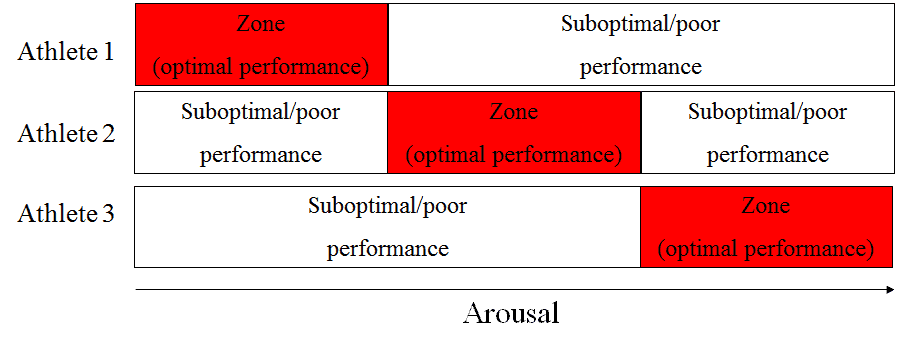Arousal Theory
Arousal theory is the awareness and anticipation that prepares the body for a sports or any other activity.
Drive theory: This means at low levels of arousal, performance is low and performance increases in line with an increase in arousal.
This could impact my athlete performance when he is very excited to play a game hes arousal will increase and make his performance will be better by the higher amount of arousal.
Inverted U :Moderate level of arousal will give you a high performance . too high or too low levels arousal = to low performance.
This will have an impact negatively on my athlete because at time he may not be motivated to play a game and this suggests that if you have a low level of arousal your performance will be poor and also if my athlete is very excited to play this will also have an impact because you need to have an moderate level of arousal to give you a high performance.
Catastrophe: this theory is the same as the Inverted U theory when an athlete has a low cognitive anxiety which suggest that an athlete may be worrying too much. When cognitive levels are too high your performance tends to drop because you will start to lose your head .
This could have an negative effect on my athlete because he may be worrying about stuff outside the pitch and this will make an impact of his performance to decrease and this will also make him loose his head during the game, During a game my athlete can also be worrying about getting injured again so this will make his performance decrease as he is worrying and this is making his performance drop.
Individual zones of optimal functioning : Optimum performances is different for every athlete . Agrees with U that to high arousal= low performance.

My athlete needs to be on his zone for every game so he can perform at his best and this comes down to his motivation he needs to be motivated for every game to he reaches the best of his ability.
No comments:
Post a Comment